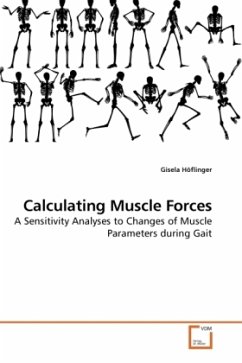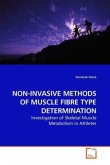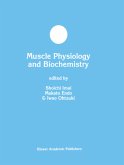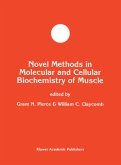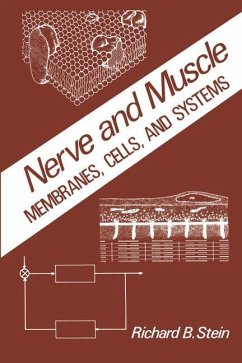Models are used to simulate and calculate individual muscle forces and body mass accelerations. Parameters which describe the characteristics of the modeled muscles are important input variables. Since they are estimated values it is of interest how variations to those parameters influence the calculated forces and resulting accelerations. Which parameters are crucial and which ones can be neglected? Are there interdependences between muscles? For example, does a change in force produced by one muscle affect the performance of another? The author Gisela Höflinger gives an introduction of biomechanical modeling and conducts a sensitivity analysis on muscles of an inverse-dynamic gait model. She does this by varying pennation angle, optimal muscle force, resting fiber length and tendon slack length as well as maximal shortening velocity, activation and deactivation time. The results are discussed, analyzed and illustrated through sensitivity graphs. The content of this work is relevant for researchers who work with muscle models and simulation of movement, and those interested in the influence of parameter setting and the interactivity of muscles and muscle groups.

